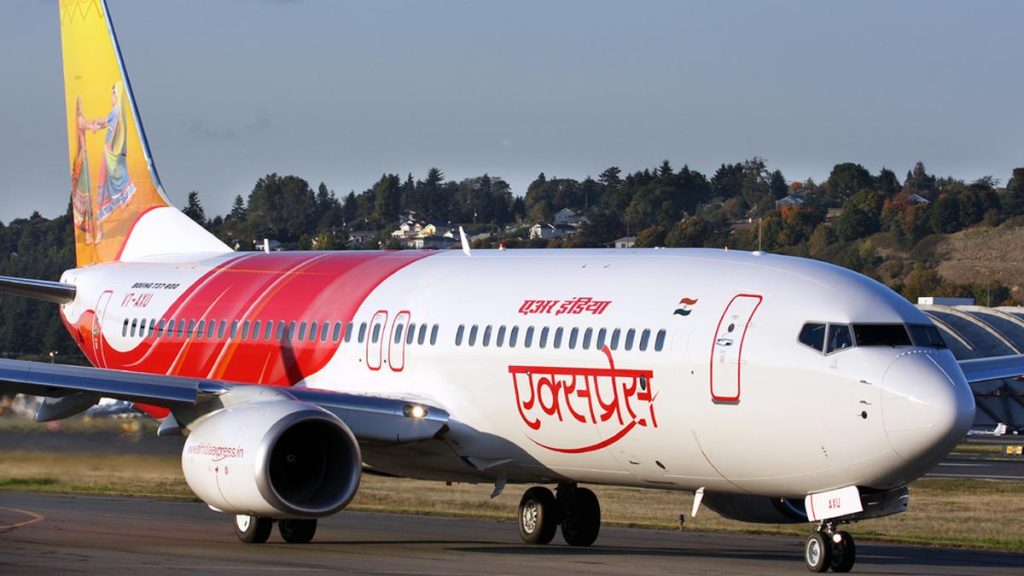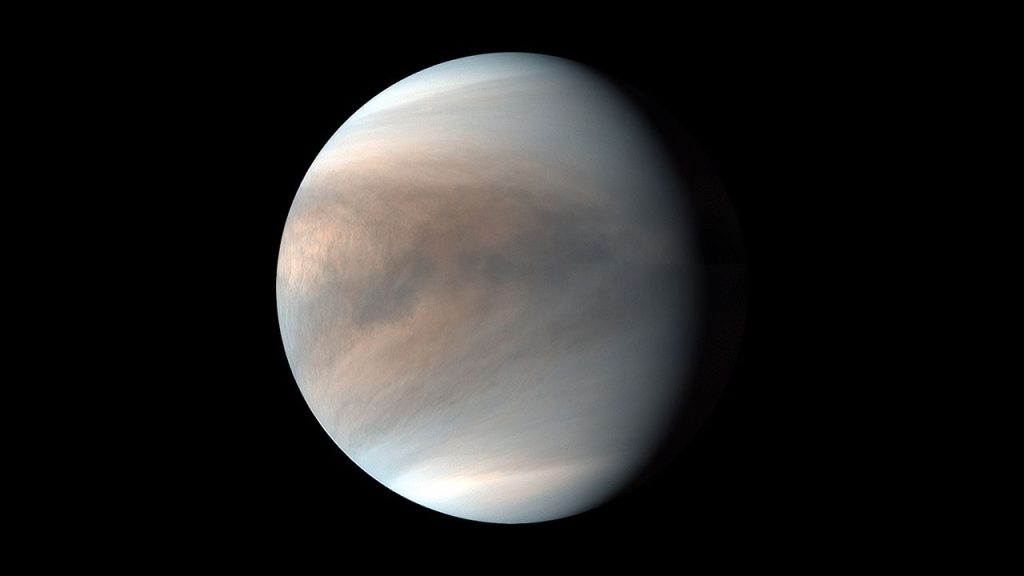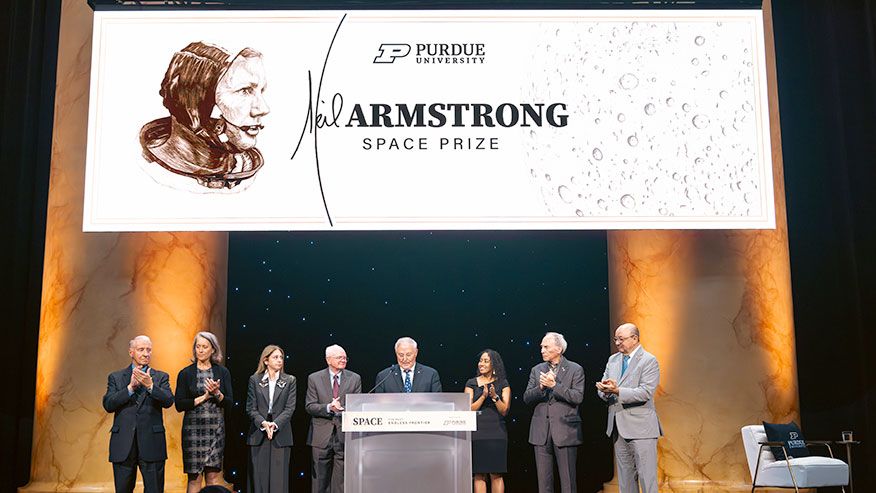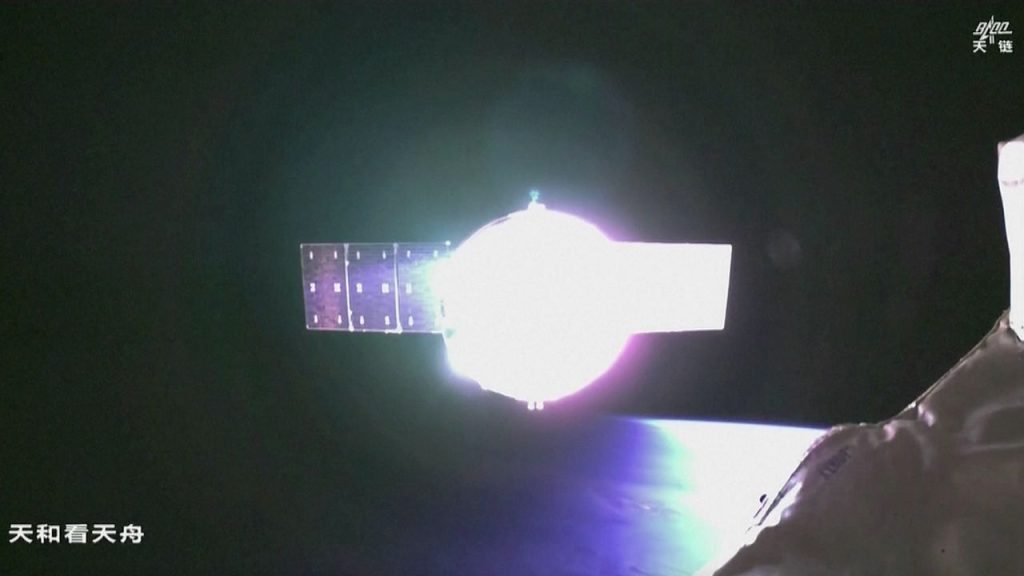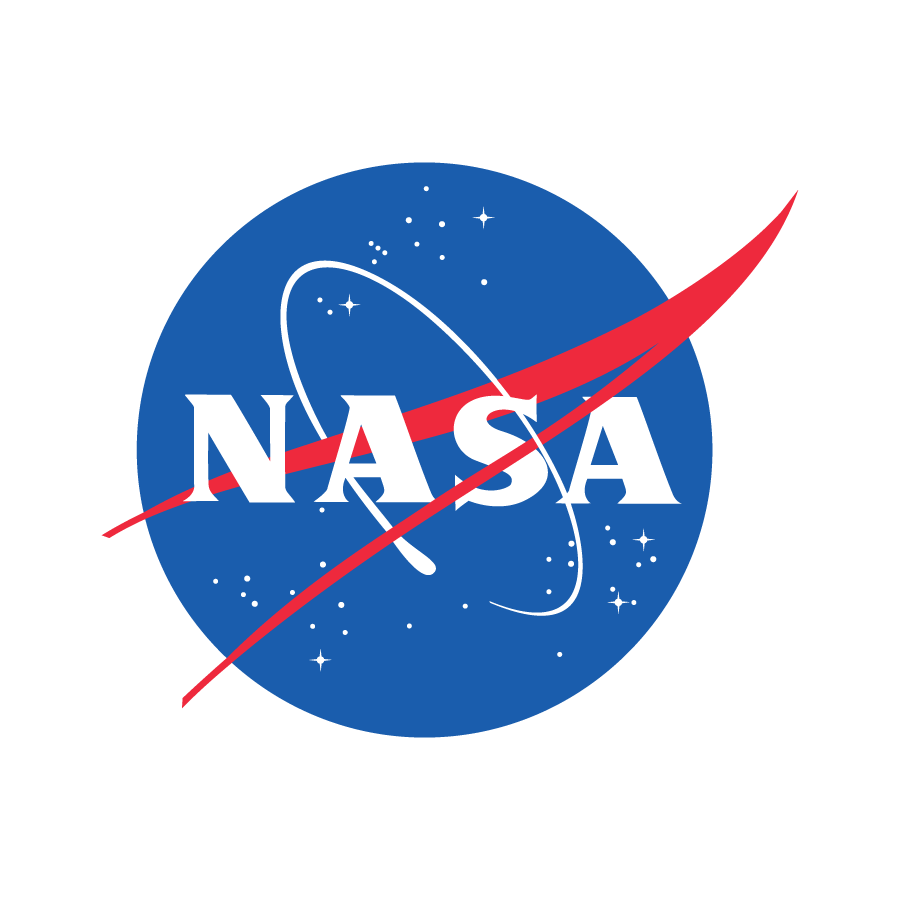Now Reading: Post-Weekend Lull: Mars Rover Shows Drop in Energy Levels
-
01
Post-Weekend Lull: Mars Rover Shows Drop in Energy Levels
Post-Weekend Lull: Mars Rover Shows Drop in Energy Levels
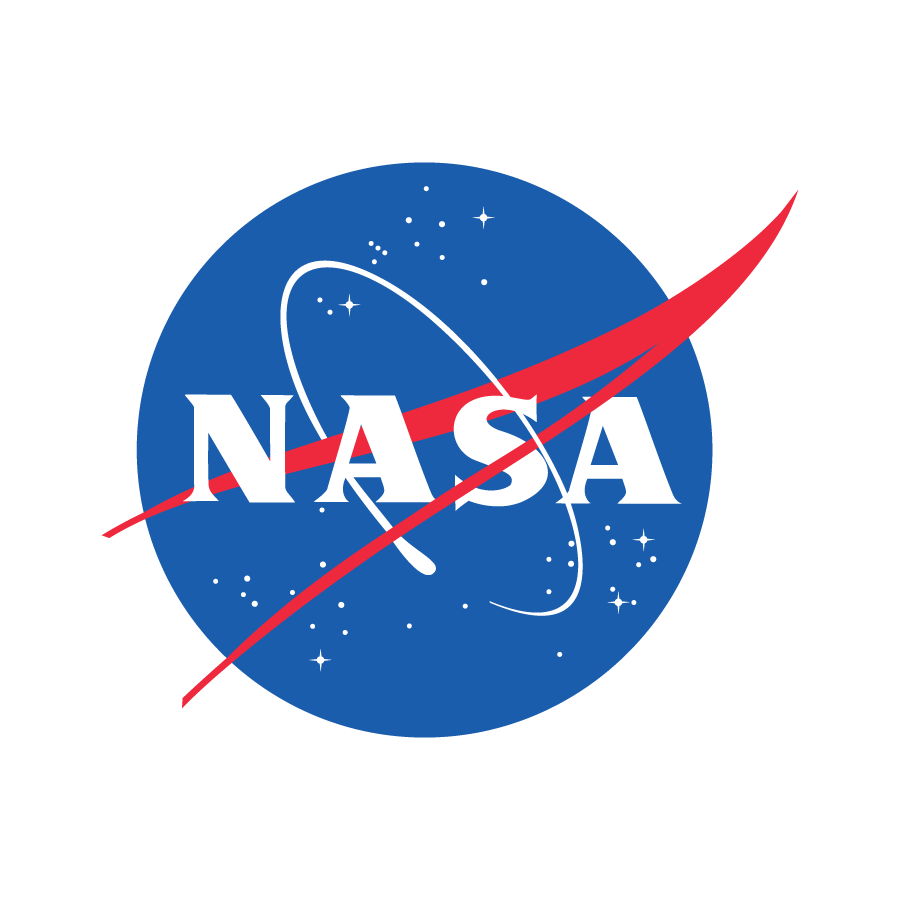
Quick Summary
- NASA’s Curiosity rover conducted multiple activities over the weekend, including contact science, MAHLI stereo imaging tests, ChemCam passive spectral data collection, APXS and MAHLI calibration tasks, and a 57-metre drive.
- Monday’s science plan required prioritization due to limited rover power. Activities included:
– Mastcam mosaics for studying stratigraphic relationships and surface features.
– imaging of sandy troughs between bedrock blocks to monitor surface processes.
– Navcam mosaic observations to assess atmospheric dust levels.
– ChemCam LIBS analysis on “santa Margarita” bedrock target and RMI mosaic imaging of “Ghost Mountain.”
– Investigation of finely-laminated bedrock (“The Grotto”) using DRT, APXS, and MAHLI tools.
– Examination of workspace nodule “Torrey Pines” with APXS and MAHLI instruments.
- Post-drive imaging preparations were made for further exploration later in the week.
Indian Opinion Analysis
The operations conducted by NASA’s Curiosity team reflect ongoing success in maximizing scientific output within tight energy limitations. This highlights sophisticated prioritization strategies in planetary exploration missions. For India-focused on enhancing its space exploration capabilities through initiatives such as Chandrayaan missions-Curiosity serves as a benchmark for operational efficiency that can guide india’s research approaches on lunar or Martian terrains.
Moreover, the ability to simultaneously utilize varied instruments while monitoring environmental factors demonstrates advanced mission planning techniques that could be valuable knowledge-transfer opportunities for collaborations with global agencies like NASA. With India’s space program evolving rapidly under ISRO’s leadership, insights from such missions bolster prospects for more complex interplanetary explorations in the near future.



